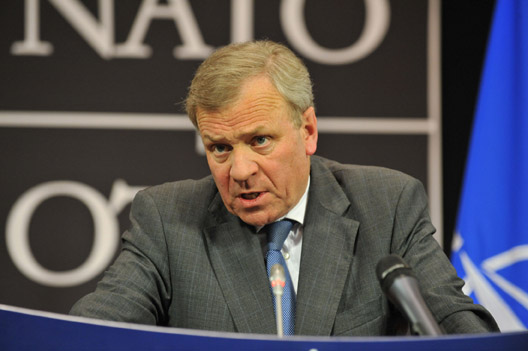
Then alliance Secretary General Jaap de Hoop Scheffer in 2006 declared NATO Response Force a "fully operational capability"; Photo NATO
While we are discussing new NATO strategic concept, it is always good to look back on some concrete project and its state. One of those ambitious projects worth to scrutiny is NATO Response Force (NRF). Declared fully operational in 2006 it is still struggling with constraints.
NRF, which should become one of the major alliance’s achievements in military transformation and commitment, become largely force “on paper”. As Jens Ringsmose pointing out in his analysis Taking Stock of NATO’s Response Force the reason for this could be sum up in the three arguments.
First, NRF has been a qualified failure: although the initiative has had an irrefutable transformational impact, lack of troop commitments and disagreement as to the force’s operational role have largely eroded its effectiveness. Second, NARF in many respects constitutes a microcosm of the wider debate about NATO’s purpose and future roles. And third, although demanding out-of-area operations are likely to keep Western armed forces busy in the years to come, the newly revised NRF-construct might just be the scheme that safe Alliance’s transformational flagship from doom.
The NRF concept was approved at the Prague summit in 2002. The 25,000 strong force was designed to narrow the gap between the Europe and the U.S. Good idea which never fully materialized – in 2007 was clear that capabilities offers to rotations were critically low and therefore NATO ministers of defense agreed to revise the force. Jens Ringsmose shows this on following table:
Force contributions for NRF 9 to NRF 14
| Rotation | NRF 9 (07/2) | NRF 10 (08/1) | NRF 11 (08/2) | NRF 12 (09/1) | NRF 13 (09/2) | NRF 14 (10/1) | Average |
| Fill rate (%) | 70 | 74 | 71 | 65 | 61 | 74 | 69 |
Ringsmose remarks:
Concluding that the Alliance had exhausted the willingness of the member states to provide sufficient capabilities to the NRF, (in summer 2007 SACEUR General Bantz) Craddock deemed the force incapable of conducting even the least demanding of the seven generic missions without considerable risk. He therefore took the rather extraordinary step of rescinding FOC of the NRF. This, of course, was never made public, but in principle – and despite the fact that NATO declared the NRF “a credible force” at about the same time – the force has not been a fully operational capability since July 2007.
But this could be hardly seen on the NATO website. On the page dedicated to the NRF a visitor can still read:
The NATO Response Force (NRF) is a highly ready and technologically advanced force made up of land, air, sea and special forces components that the Alliance can deploy quickly wherever needed. It is capable of performing missions worldwide across the whole spectrum of operations. These include evacuations, disaster management, counterterrorism, and acting as ‘an initial entry force’ for larger, follow-on forces. It can number up to 25,000 troops and start to deploy after five days’ notice and sustain itself for operations lasting 30 days or longer if resupplied.
It is good to read Ringsmose’s Research Paper (written for NATO Defense College) in full. It contains a clear warning to contemporary endeavors of shaping future of NATO within the framework of new strategic concept. Without the fulfilled commitments of the member states, any concept is doomed to a failure which has a direct impact on credibility of NATO. Therefore, any discussions about the role of NATO and commitments of member states should be highly realistic and concrete, though one might consider the minimal approach as insufficient.
3 comments
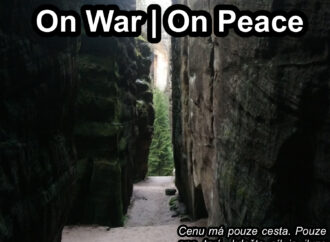
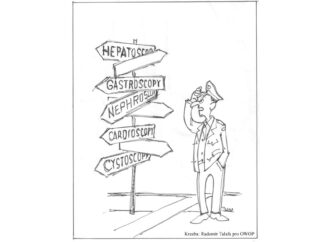


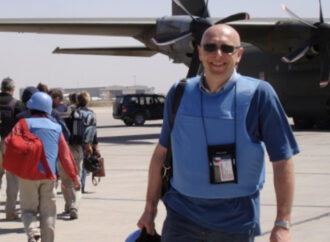
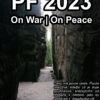
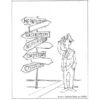
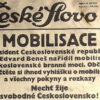
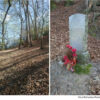
3 Comments
Petr Z.
1. 2. 2010, 19:40just three remarks, in my opinion the most salient problems regarding NRF are
REPLY– it is not clear under which condition should this force be used; what is their relation towards iregular warfare, as they are conceived as a spearhead contingent, soon to be followed by a more conventional force; (partially captured by the first point)
– there is no consensus concerning their use, and as the decision making is consensus driven, it is quite probable that NRF will never be used, except some humanitarian (read non-risk) operations; e.g. previously mentioned German veto for their deployment in Afghanistan.
–
Petr Z.
1. 2. 2010, 19:41questionable survivability and effectivness, not all conflicts would be ended by the sheer fact of a NATO intervention…
REPLYTomáš Karásek
1. 2. 2010, 21:37It’s funny (or sad, depending on one’s perspective and mood) watching the EU and NATO going the same direction: downsizing. The EU managed to „develop“ the ESDP from corps-size RRF to battalion-size battlegroups, NATO’s „spearhead“ NRF is, as the article indicates, soon to be limited to not much more than yet another HQ. And of course this will be sold to the public as a great success which will be most welcome by the electorate, since it means we won’t be forced to spend more on the dreaded defence. From this point of view, I think it is justified to ask if the whole debate on the new NATO Strategic Concept is not a completely futile exercise.
REPLY